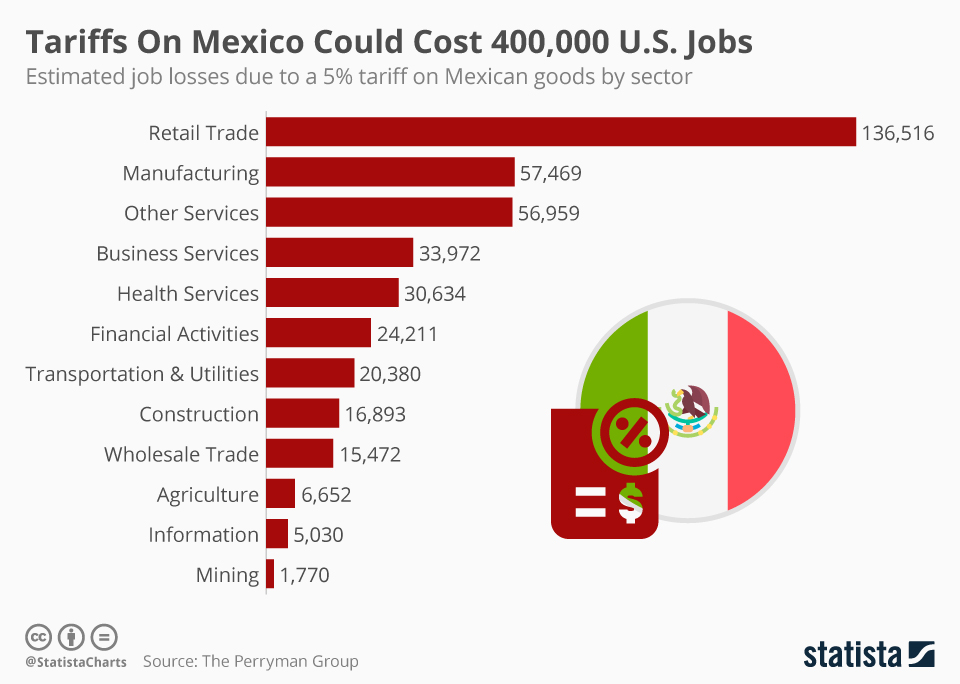China Market Analysis: Challenges Faced By Premium Automakers Like BMW And Porsche

Table of Contents
Intense Competition from Domestic Brands
The Chinese automotive market is experiencing a surge in the quality and popularity of domestic brands. These brands are aggressively challenging established premium imports like BMW and Porsche with competitive pricing and innovative features. This intense competition significantly impacts the market share and profitability of premium automakers.
- Increased quality and technological advancements of domestic brands: Chinese automakers have made significant strides in vehicle quality, incorporating advanced technologies and stylish designs. Brands like BYD, NIO, and Xpeng are rapidly gaining traction, offering electric vehicles (EVs) with impressive ranges and features.
- Aggressive marketing campaigns targeting Chinese consumers: Domestic brands are leveraging sophisticated digital marketing strategies and strong localized branding to resonate with Chinese consumers. They often emphasize features tailored to the specific needs and preferences of the domestic market.
- Government support and subsidies for domestic automakers: The Chinese government actively supports its domestic auto industry through various subsidies, tax incentives, and preferential policies, giving domestic brands a competitive edge.
- Examples of successful Chinese brands challenging premium imports: The rise of electric vehicle (EV) manufacturers like NIO and Xpeng, offering luxurious features at competitive prices, directly challenges the dominance of established premium brands in the luxury EV segment.
This intense competition creates significant pricing pressure on premium automakers, forcing them to either compete on price, potentially impacting profitability, or differentiate through unique features and branding.
Understanding Unique Consumer Preferences in China
Chinese consumer preferences are evolving rapidly, moving beyond the traditional emphasis on brand prestige alone. Understanding these nuanced preferences is crucial for premium automakers to succeed.
- Demand for advanced technology features: Chinese consumers show a strong demand for cutting-edge technologies, including autonomous driving capabilities, advanced driver-assistance systems (ADAS), and seamless connectivity features.
- Emphasis on customization and personalized experiences: A growing preference for customized options and personalized experiences is evident, requiring premium automakers to offer tailored packages and services.
- Growing importance of social status and brand image (in a unique Chinese context): While brand image remains important, it's intertwined with social status and cultural relevance within the specific Chinese context. Marketing must reflect this nuanced understanding.
- Preference for specific vehicle types or features within the Chinese market: The preference for specific vehicle types, such as SUVs and electric vehicles, varies considerably from other global markets, necessitating localized product strategies.
Premium automakers must adapt their marketing and product strategies to meet these evolving preferences. Tailoring offerings to specific consumer segments and incorporating desired technological features are crucial for success.
Navigating the Complex Regulatory Landscape
The Chinese automotive market is characterized by a complex and ever-changing regulatory landscape. Foreign automakers face numerous hurdles in terms of compliance, licensing, and operational costs.
- Strict emission standards and environmental regulations: China has implemented stringent emission standards and environmental regulations, requiring significant investments in cleaner technologies.
- Import tariffs and taxes: High import tariffs and taxes significantly increase the cost of importing vehicles into China.
- Complex licensing and approval processes: The licensing and approval processes for foreign automakers are often lengthy and complicated, requiring substantial resources and time.
- Data privacy and cybersecurity regulations: Stringent data privacy and cybersecurity regulations necessitate robust data protection measures and compliance strategies.
These regulations significantly impact operational costs and market entry strategies. Long-term investment and profitability are directly affected by the ability to navigate this complex regulatory environment effectively.
The Impact of Supply Chain Disruptions
Global supply chain disruptions pose an additional challenge for premium automakers operating in China.
- Challenges in sourcing components and raw materials: Disruptions to global supply chains can lead to difficulties in sourcing essential components and raw materials, impacting production schedules.
- Production delays and disruptions: Supply chain bottlenecks can result in production delays and disruptions, affecting the timely delivery of vehicles to consumers.
- Increased costs due to supply chain bottlenecks: The increased cost of sourcing components and raw materials due to supply chain issues directly impacts profitability.
Leveraging Digital Marketing and E-commerce
Effective digital marketing and e-commerce strategies are paramount for reaching Chinese consumers.
- Reaching Chinese consumers through online channels (e.g., WeChat, Alibaba): Utilizing popular online platforms like WeChat and Alibaba is crucial for connecting with Chinese consumers directly.
- Utilizing data analytics for targeted marketing campaigns: Data-driven marketing strategies are essential for reaching specific consumer segments effectively.
- Building online brand presence and customer engagement: Establishing a strong online brand presence and fostering customer engagement through interactive content is vital for success.
Successful digital strategies can enhance brand reach, improve sales, and provide valuable consumer insights.
Conclusion: China Market Analysis: Overcoming Challenges for Premium Automakers
This China market analysis highlights the significant challenges faced by premium automakers: intense competition from domestic brands, evolving consumer preferences, a complex regulatory environment, and supply chain disruptions. Success in the Chinese market hinges on adapting strategies to the specific needs of this dynamic market. Premium automakers who successfully navigate these challenges will reap significant rewards in this massive and lucrative automotive market. For a deeper understanding of the intricacies of the Chinese automotive landscape and how to successfully navigate its unique challenges, further dedicated research into a detailed China market analysis is essential for premium automakers.

Featured Posts
-
 Open Thread Community Discussion February 16 2025
Apr 27, 2025
Open Thread Community Discussion February 16 2025
Apr 27, 2025 -
 Top Seed Pegula Defeats Defending Champ Collins In Charleston
Apr 27, 2025
Top Seed Pegula Defeats Defending Champ Collins In Charleston
Apr 27, 2025 -
 La Gran Sorpresa De Indian Wells Despedida Prematura De Una Favorita
Apr 27, 2025
La Gran Sorpresa De Indian Wells Despedida Prematura De Una Favorita
Apr 27, 2025 -
 Packers 2025 International Game Possibilities Two Chances For Global Glory
Apr 27, 2025
Packers 2025 International Game Possibilities Two Chances For Global Glory
Apr 27, 2025 -
 Canada Auto Sector Job Losses Trumps Tariffs Deliver A Posthaste Blow
Apr 27, 2025
Canada Auto Sector Job Losses Trumps Tariffs Deliver A Posthaste Blow
Apr 27, 2025
